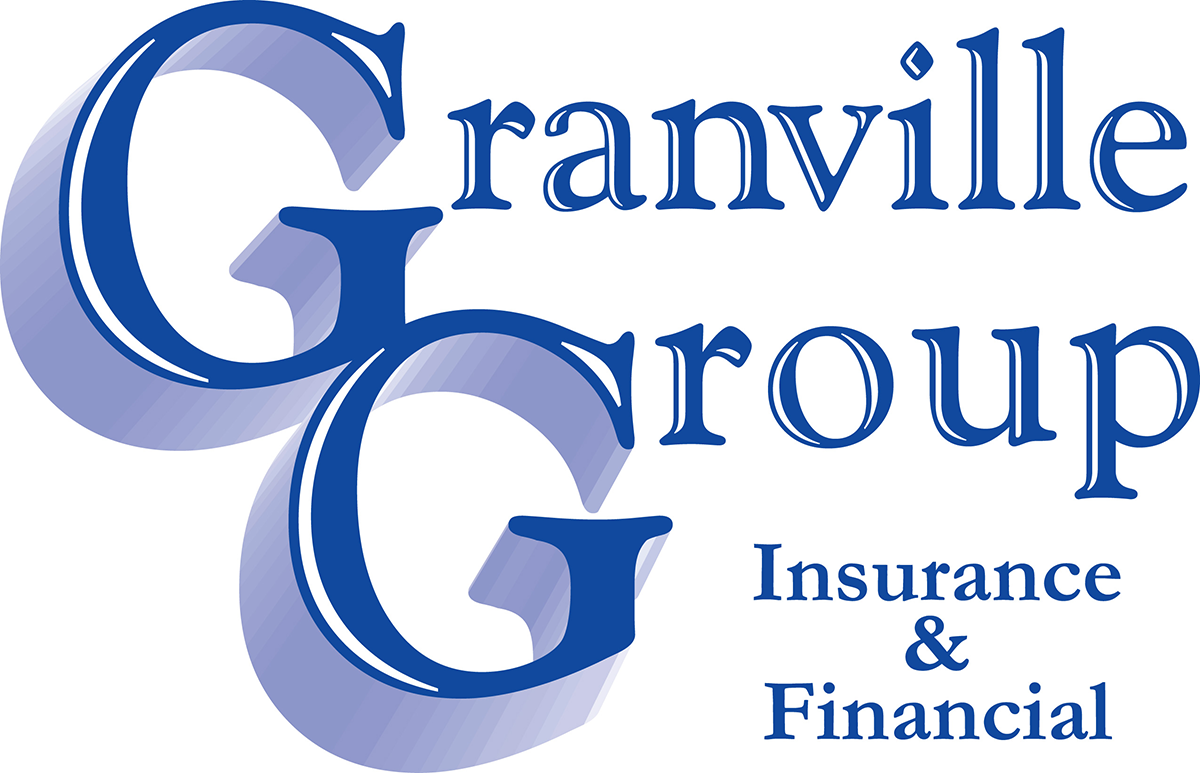Education Savings Plans
RESP’s & Government Grants
Saving for university or post-secondary education has become a common goal for most families. With increasing cost of tuition, this requires strategic planning to ensure you meet your savings goal over a relatively short period of time. Therefore, working with a good financial planner is essential.
A Registered Education Savings Plan (RESP) is an ideal tool to help families. The rules surrounding RESP’s have certainly changed over the years and now provide more incentives and flexibility.
In addition to investing your own savings, the Canadian Education Savings Grant (CESG) is available. The CESG is a savings incentive offered by the government to save for a child’s education. The basic grant is 20% of annual contributions, to a maximum of $500 per beneficiary (child) each year, to a lifetime maximum of $7,200. Additional grants are available, up to 40%, depending on your province of residence or family income. All grants are available up until and including the year a child turns the age of 17 (provided minimum contributions are made prior).
A family RESP allows for rollover of contributions from one child to the next. If none of your children pursue post-secondary education, then the grant will be refunded back to the government. However, the moneys you invested can be rolled over to your own RRSP, providing there is unused contribution room available.
Strategies on how to withdraw RESP funds tax effectively
When it comes time to withdraw funds for your child’s education from your RESP it is important to develop a tax efficient plan.
Your RESP funds consist of three different components: (1) return of capital, or your original contributions (2) the government grants, and (3) the investment growth that has accumulated within the account.
While the return of capital can be withdrawn tax free, the grant and investment growth will be taxable to your child in the taxation year that the funds are withdrawn. Therefore, when making a withdrawal it is important to designate how much money you are taking from each of the components, in order to minimize income taxes. This is especially important if your child is working part time throughout the year and has employment income to declare. There are also restrictions on how much can be withdrawn in the first year. We can assist you in developing a strategic plan to minimize income taxes.

